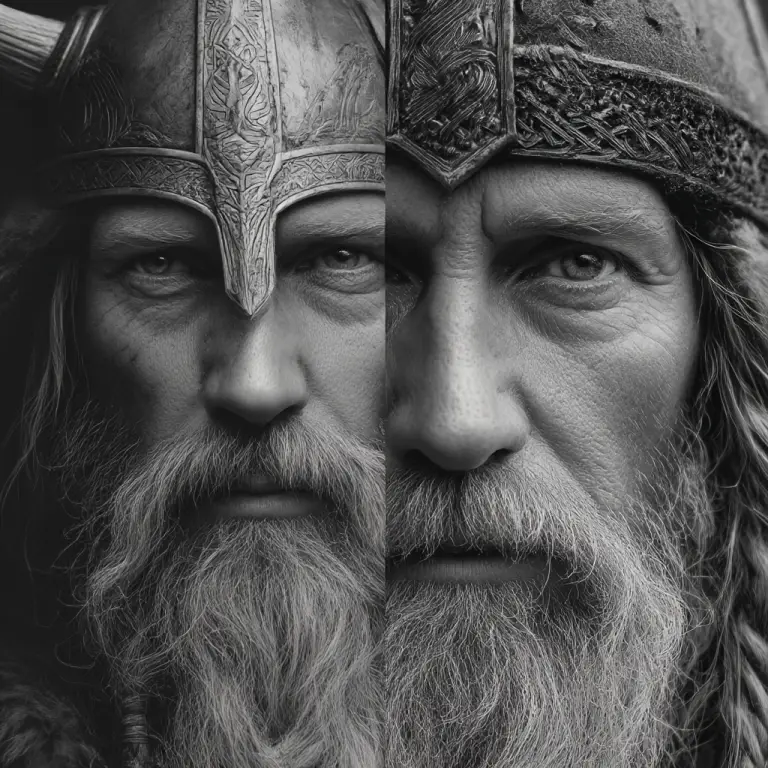The Vikings have long captured the imagination with tales of fearless warriors, horned helmets, and violent raids across Europe. Yet much of what people think they know about the Vikings comes from myth, legend, and later storytelling rather than historical fact. The truth about Viking life is far more complex and often more fascinating than the popular image suggests.
Myth: Vikings wore horned helmets
The idea of Vikings wearing horned helmets is one of the most enduring myths, but there is no archaeological evidence to support it. Real Viking helmets were made of iron or leather and designed for protection in battle, not decoration. The horned image likely originated in the 19th century, inspired by Romantic art and Wagnerian opera costumes.
Reality: Vikings were skilled craftspeople and traders
While raiding did occur, most Vikings were farmers, merchants, and artisans. They built advanced ships, forged weapons, crafted intricate jewellery, and traded goods across vast distances—from the Middle East to North America. Their craftsmanship and seafaring abilities helped shape trade routes and cultural exchange throughout the early medieval world.
Myth: Vikings were a single unified people
The term “Viking” does not refer to one nation or group. It describes the seafaring Norse people from regions that are now Norway, Denmark, and Sweden who took part in expeditions abroad between the 8th and 11th centuries. These communities were not politically unified and often fought among themselves.
Reality: Viking society was organised and law-abiding
Viking communities were governed by assemblies called “things,” where disputes were settled and decisions were made collectively. They had legal systems, property rights, and strong social structures. Women could own land, inherit property, and even request a divorce—unusual freedoms for the time.
Myth: Vikings were constantly raiding and pillaging
Raiding was only one aspect of Viking activity and often driven by necessity or opportunity rather than constant aggression. Much of Viking life centred around farming, fishing, trading, and family. Many Norse settlers integrated peacefully into the lands they reached, influencing local cultures and languages.
Reality: Vikings were explorers and settlers
Vikings established settlements in Iceland, Greenland, and even reached North America long before Columbus. They founded cities such as Dublin and York and played a major role in shaping the political and cultural landscapes of medieval Europe. Their voyages combined exploration, trade, and migration rather than mere conquest.
Myth: Vikings were uneducated barbarians
Far from being primitive, the Norse had a rich oral tradition, poetry, and mythology that survives in sagas and Eddas. They used runes for writing, built complex ships, and maintained intricate belief systems that connected gods, nature, and fate. Their knowledge of navigation and craftsmanship was remarkably advanced for the era.
Reality: Viking legacy continues today
Modern genetics, language, and culture still carry traces of Viking influence. Place names across the British Isles, words like “sky,” “egg,” and “window,” and even aspects of law and governance reflect Norse heritage. The real story of the Vikings is one of resilience, innovation, and adaptability—not just raiding and war.
In separating myth from reality, we uncover a people who were explorers, settlers, and storytellers as much as they were warriors. The Vikings were not defined by the battles they fought but by the lasting connections they forged across continents and cultures.
